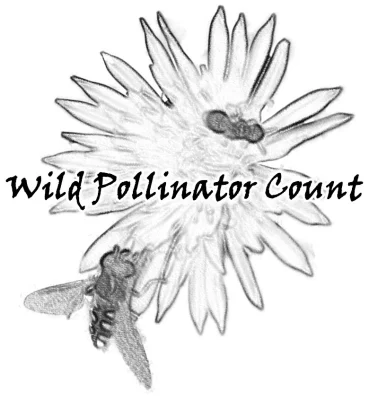Last year, we asked our Wild Pollinator Count network to contribute to some research conducted by colleagues in Germany, looking at why people participate in biodiversisty citizen science programs and what they gain from it.
The research has now been published in the British Ecological Society journal People and Nature. Survey respondents reported positive changes in all the target outcomes, including environmental behaviours and scientific interest and knowledge. The paper is open access, and you can read it here:
Biodiversity citizen science: Outcomes for the participating citizens
Thanks to everyone who contributed to this research – out of more than 60 different projects around the world, Wild Pollinator Count recorded the second highest number of respondents to the survey!




 We’re keen to improve the Wild Pollinator Count by better understanding participants’ experiences and preferences.
We’re keen to improve the Wild Pollinator Count by better understanding participants’ experiences and preferences.
